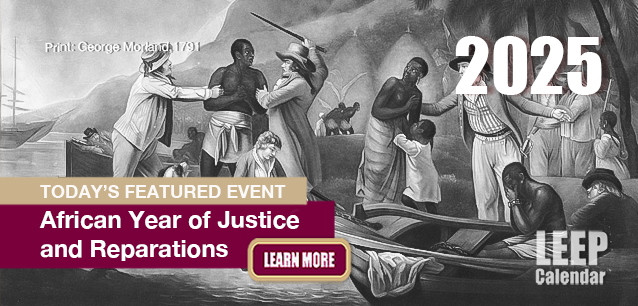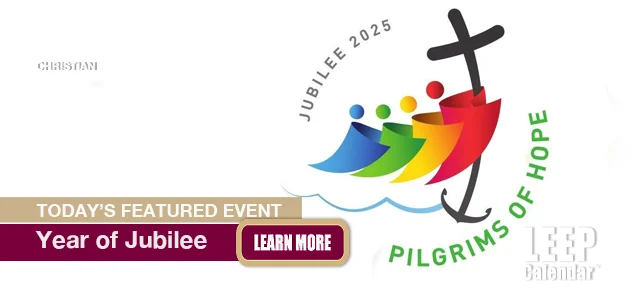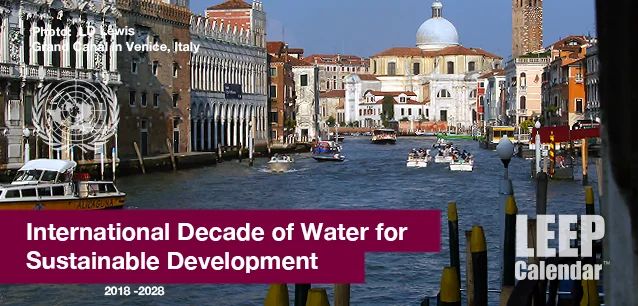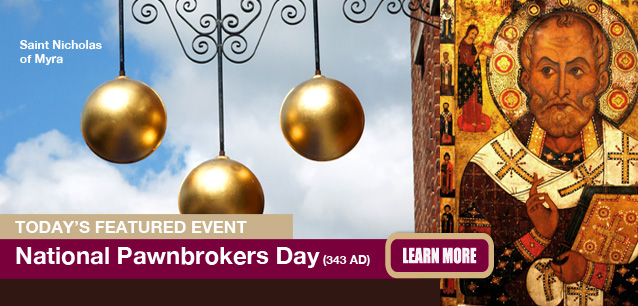 AD
AD
Today is: December 06
Scroll to explore events active on this date.
Additional Events on LEEP
LEEP INK FEATURES

August? Absolutely!
In August, we live through the Dog Days of Summer. It's hot and often humid, and those who can leave for better climates do. Down south, winter is in full force. August is also known as "the ...

In The Heat of July: July 2025 Events
Is it hot enough (or cold enough if you're below the equator) for you yet? There is actually a day for that! Like every month, I pick a diverse collection of events you may or may not know about. This ...

May Blooms: Events in May 2025
Along with October, May is one of the most densely packed months of the year. It's before the summer humidity and the last whole month of the school year. The weather is warming in t...
About San Isidro Day
Environment Space & The Outdoors , Career
Ends: May 15, 2024
DESCRIPTION:
Saint Isidro (1082-1172AD) is the patron saint of Madrid and the patron saint of farmers. Each year in Hispanic nations, including Mexico and Spain, festivities are held on the day leading up to this feast. In Madrid it is called the Pradera del Santo.
The miracle San Isidro performed was to pound the parched earth and bring forth a gushing spring. During the festivities, a lot of water (and food) is consumed.
WHY SO MANY FEAST DAYS?
Have you ever noticed that there seem to be feast days for just about everything in the Catholic and Orthodox Christian faiths? There is a reason for that. The church granted feast days to allow all subjects of the Crown to take a day off. As most worked six days a week, feast days provided a break that landowners and nobility couldn't deny. If they tried, they were going against the church, and that you did not do.
In medieval times, there were approximately 60 feast days a year. Add this to 52 Sundays, Christmas, and Easter; workers received at least 114 days off a year. Contrast that to today. The average American gets 104 weekend days and seven national holidays off work. That's three days less than the commoners of the Dark Ages, in case you're feeling overworked.
VIDEOS
Currently, this event does not have supporting videos.
SUPPORTING DOCUMENTS
Currently, this event does not have supporting documents.
ADDITIONAL IMAGES
Currently, this event does not have supporting images.
Where would you like to go now?
 AD
AD













































































/footer-logo.svg)
